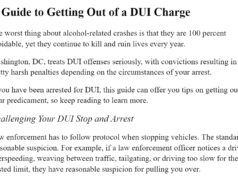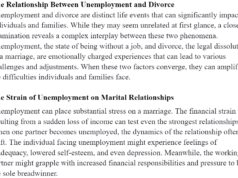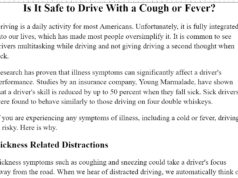SPONSORED CONTENT
Navigating defective product liability cases can be tricky because of its unique niche within tort law. However, strict or product liability claims can be made easier with the help of educational resources and a knowledgeable legal representative.
Torts and Liability
Defective products and product liability cases fall under tort law. Tort law focuses on individual wrongs instead of public justice or state wrongs, and is centered around compensating victims.
Intentional, negligent, and strict liability are the three different types of torts. Intentional torts are wrongs that a defendant knew, or should have known through their actions, while negligent torts are wrongs that occur when a defendant acted in an unsafe manner. The third, strict liability, refers to injuries that result from defective products.
Strict liability, also referred to as product liability, covers liability for making, selling, or otherwise distributing defective products. In defective product liability cases, the plaintiff must prove that their injuries or other harm were directly caused by the defective product sold by the defendant.
This type of tort differs from the other two because court cases focus primarily on the results (the degree of harm) rather than the causes (whether the harm was intentional or not). That is, the extent of care exercised by the responsible party is irrelevant; only (1) the presence of a defect and (2) the presence of harm matters.
Types of Product Defects
There are three general types of product defects that manufacturers or other parties involved with the product may be liable for:
- Design Defects – Inherent defects in the product’s design that exist before manufacturing; the plaintiff holds the burden of proof to show the defects exist in all states except Alaska, California, and Hawaii.
- Manufacturing Defects – Defects in the product that are created during its construction or production, resulting in a small number of defective products.
- Marketing Defects – Defects with the product marketing or instructions that result in improper or unsafe use of the product.
However, the presence of a defect and harm does not always result in the responsible party being held liable. Two tests impact such a ruling.
The first is called the Risk-Utility test, which measures whether the product’s utility outweighs any harm caused by defects. The second is called the Consumer Expectation Test. It gauges whether a “reasonable” consumer would be harmed by the defect or if the defect is present if the product is used in a “reasonable” way.
Types of Product Defect Claims
Product defect liability claims fall into three primary types of categories: negligence, strict liability, and breach of warranty or fitness.
Keep in mind that there are no federal product liability laws. The category your claim falls under will depend on the state jurisdiction within which your claim is based.
To help combat this lack of standardization, the U.S. Department of Commerce published the Model Uniform Products Liability Act (MUPLA) in 1979, which encourages uniform procedures for product liability tort.
Who is Liable for Product Defects?
Any party involved in the direct manufacturing chain of defective products can be held liable for damages, harm, or other injury caused by those products. This can include:
- Product Manufacturers
- Product Assembly Manufacturers
- Product Wholesalers
- Retail Store Owners
“Anyone who has been harmed due to a hazardous product or device may be eligible to receive compensation for their losses,” says personal injury attorney Jason Schneider of Schneider Hammers.
Most defective product liability cases involve individual harm caused by tangible products (objects). However, previous cases have set a precedent for suing based on harm caused by intangibles (gas, electricity, etc.), naturals (animals, etc.), real estate, and even writings/ documentation.
In such cases, the corresponding parties involved in the chain of custody would be held liable. For example, an owner or breeder could be held liable in a strict liability case involving pets, which fall under the naturals category discussed above.



 Sign up for the Blue Virginia weekly newsletter
Sign up for the Blue Virginia weekly newsletter








